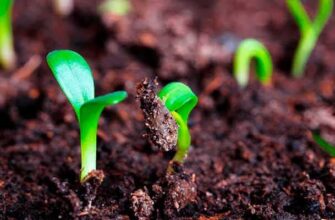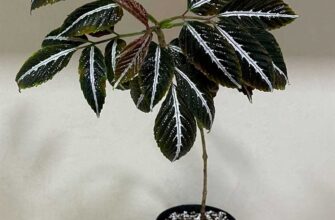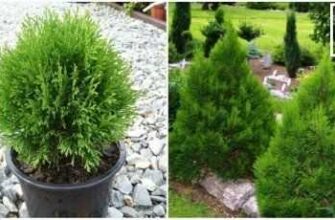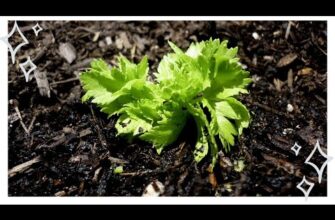- Альбиция ленкоранская: особенности выращивания
- Подбор места для посадки
- 1. Климат
- 2. Почва
- Выбор подходящего сорта растения
- Подготовка почвы к посадке
- Способы посадки и размножения
- Уход за растением в первый год
- Полив и влажность почвы
- Защита от вредителей и болезней
- Профилактические меры
- Борьба с вредителями
- Профилактика болезней
- Подкормка и удобрение растения
- Поддержка и обрезка альбиции
- Зимовка и защита альбиции ленкоранской от морозов
- Полезные советы от опытных садоводов
- 1. Выбор места для выращивания альбиции ленкоранской
- 2. Подготовка почвы и посадка растения
- 3. Уход за альбицией ленкоранской
- Вопрос-ответ:
- Каковы основные требования к условиям выращивания альбиции ленкоранской?
- Какая почва подходит для выращивания альбиции ленкоранской?
- Как часто и как поливать альбицию ленкоранскую?
- Сколько времени занимает выращивание альбиции ленкоранской?
- Как распространять альбицию ленкоранскую?
- Видео:
- Альбиция ленкоранская
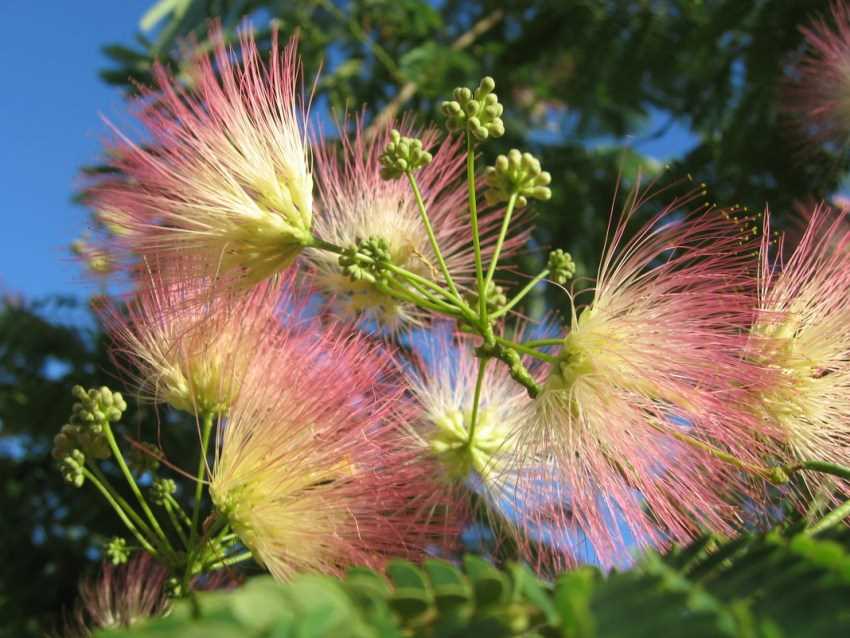
Выращивание альбиции ленкоранской — это настоящее искусство, которое можно освоить даже в нашем климате. Это дерево-пионер, которое произрастает в Южной Азии, но сегодня оно стало популярным и у нас. За счет своей приспособляемости и красоты, альбиция ленкоранская стала одним из самых востребованных декоративных деревьев.
Альбиция ленкоранская — это великолепное дерево, которое достигает высоты до 15 метров. Его листья имеют желтовато-зеленый цвет и имеют необычную форму, напоминающую птичьи перья. Кроме того, в период цветения, альбиция ленкоранская радует глаз своими крупными соцветиями из пышных, розовых или красных цветов.
Однако, чтобы успешно вырастить альбицию ленкоранскую в нашем климате, необходимо учесть ряд особенностей. Помимо выбора подходящего места для посадки и правильного ухода, важно учесть, что альбиция ленкоранская требует достаточно тепла и солнечного света. Поэтому, наиболее благоприятным временем для посадки является весна или начало лета, когда уже достаточно тепло и солнца. Кроме того, рекомендуется укрывать дерево на зиму, чтобы защитить его от морозов.
Альбиция ленкоранская: особенности выращивания
Альбиция ленкоранская – это экзотическое растение, которое можно успешно вырастить в нашем климате. Это дерево-пионер, которое отличается своей неприхотливостью и быстрым ростом.
Одной из особенностей альбиции ленкоранской является ее способность адаптироваться к различным условиям. Она выдерживает низкие температуры, что делает ее идеальным выбором для нашего климата. Кроме того, это дерево обладает прекрасной устойчивостью к засухе, что позволяет выращивать его даже в периоды недостатка влаги.
Выращивание альбиции ленкоранской не требует особых усилий. Ее семена прорастают быстро и легко, а растение само ухаживает за собой. Оно быстро разрастается и имеет широкую крону, что делает его отличным выбором для создания тенистых аллей или украшения сада.
Дерево альбиция ленкоранская является декоративным и привлекательным. У него красивые перистые листья и яркие цветы, которые распускаются летом. Благодаря своей неприхотливости и привлекательности, альбиция ленкоранская стала популярным растением среди садоводов и ландшафтных дизайнеров.
Подбор места для посадки
Дерево-пионер альбиция ленкоранская требовательна к климату, поэтому выбор места для ее посадки очень важен. Чтобы успешно вырастить это дерево, следует учесть несколько факторов.
1. Климат
Альбиция ленкоранская предпочитает теплый и солнечный климат. Она хорошо растет на южных склонах и в открытых, хорошо освещенных местах. При выборе места для посадки необходимо учесть, что дерево не выносит морозов ниже -5 градусов Цельсия, поэтому в холодных регионах требуется укрытие на зиму.
2. Почва
Альбиция ленкоранская предпочитает плодородную и влажную почву. Она хорошо растет на легких и супесчаных грунтах. Но важно не переувлажнять почву, чтобы избежать гниения корней. Подбирая место для посадки, уделяйте внимание составу почвы и ее дренажным свойствам.
В итоге, чтобы успешно вырастить альбицию ленкоранскую, необходимо выбрать подходящее место, учитывая климат и особенности почвы. Следуйте рекомендациям по уходу за деревом, и оно будет радовать вас своей красотой и изящными цветами.
Выбор подходящего сорта растения
Альбиция ленкоранская, известная также как альбиция дерево-пионер, является одним из самых интересных растений для выращивания в нашем климате.
Однако для успешного выращивания альбиции необходимо выбрать подходящий сорт, который будет хорошо адаптирован к нашим условиям. Важно учитывать такие параметры, как зимостойкость, устойчивость к засухе и требования к почве.
Зимостойкость является одним из основных факторов, которые следует учитывать при выборе сорта альбиции. В нашем климате, где зимы бывают холодными, важно выбрать сорт, который выдержит низкие температуры и не замерзнет.
Устойчивость к засухе также является важным фактором при выборе сорта альбиции. В нашем климате летом может быть период засухи, поэтому растение должно быть способно переносить недостаток влаги и сохранять свою жизнеспособность.
Также стоит обратить внимание на требования к почве. Альбиция ленкоранская предпочитает легкие, плодородные почвы с хорошей водопроницаемостью. Учтите эти параметры при выборе сорта и подберите подходящую почву для вашего растения.
Выбор подходящего сорта альбиции ленкоранской позволит вам успешно вырастить это интересное растение в нашем климате. Учитывайте зимостойкость, устойчивость к засухе и требования к почве, чтобы обеспечить растению оптимальные условия для роста и развития.
Подготовка почвы к посадке
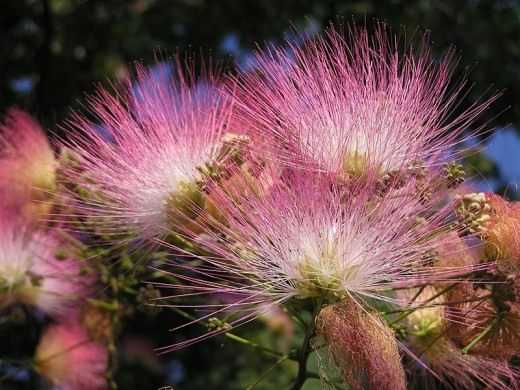
Выращивание альбиции ленкоранской в нашем климате требует правильной подготовки почвы. Данное дерево-пионер, происходящее из влажных тропических регионов, нуждается в определенных условиях для успешного роста.
Первым шагом в подготовке почвы является удаление сорняков и других растений, которые могут конкурировать с альбицией за питательные вещества и влагу. Для этого можно использовать садовую лопату или грабли. Очистите участок от листвы и других органических отходов, чтобы предотвратить размножение вредителей и болезней.
Далее необходимо определить кислотность почвы. Альбиция ленкоранская предпочитает слабокислые или нейтральные почвы с уровнем pH от 6 до 7. Если ваша почва слишком кислая, можно добавить известь или доломитовую муку для ее нейтрализации. Если же почва слишком щелочная, можно добавить торф или кислоту для снижения pH.
После этого рекомендуется улучшить плодородие почвы, добавив органическое удобрение. Можно использовать компост или перегноя. Разрыхлите почву на глубину около 30 сантиметров, чтобы обеспечить хорошую вентиляцию и дренаж. Если почва слишком глинистая, можно добавить песок или торф для улучшения ее структуры.
После всех этих подготовительных работ почва будет готова к посадке альбиции ленкоранской. Учтите, что это дерево требует солнечного места и хорошего полива. Следуя этим рекомендациям, вы сможете вырастить красивое и здоровое дерево, которое будет радовать вас своей красотой и экзотическим видом.
Способы посадки и размножения
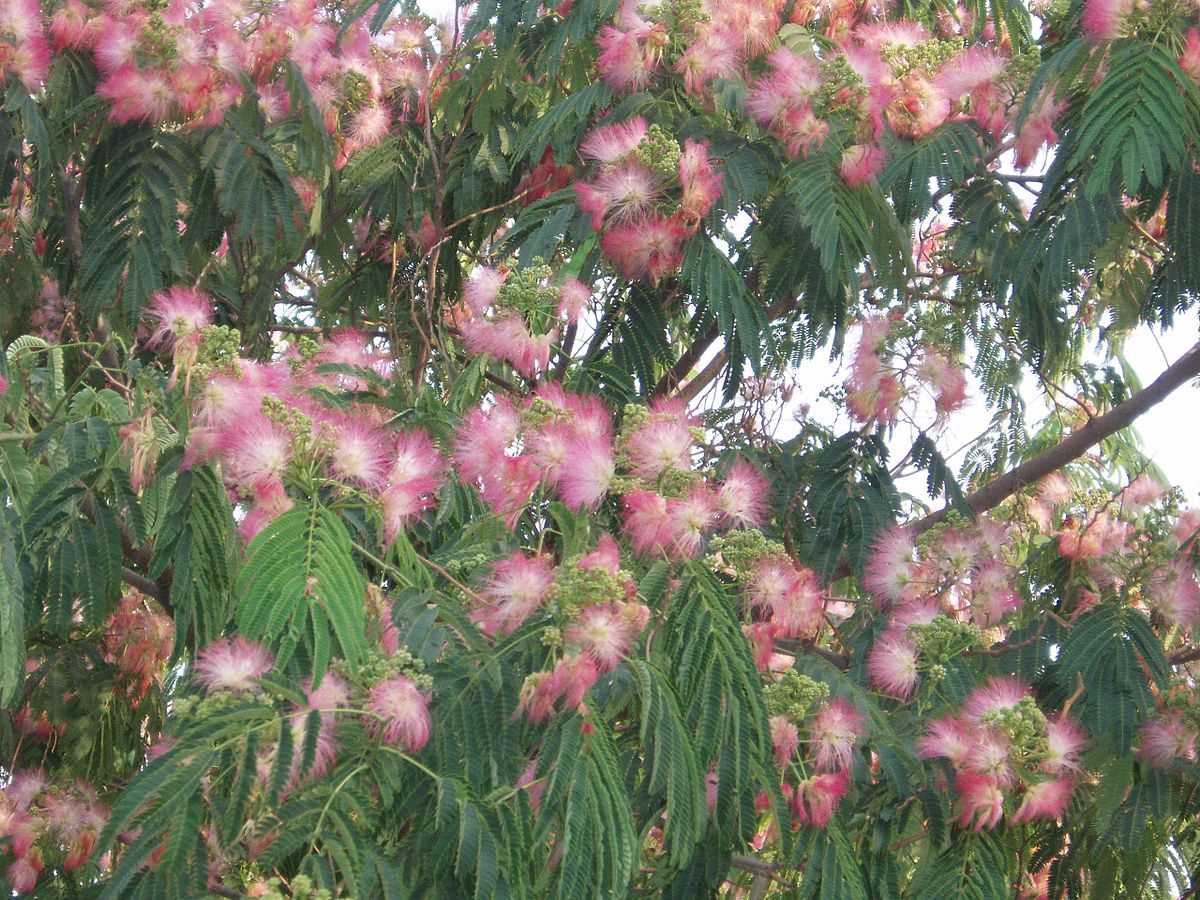
Альбиция ленкоранская — дерево-пионер, которое можно вырастить в нашем климате. Для посадки альбиции необходимо выбрать хорошо освещенное место с плодородной почвой.
Выращивание альбиции можно осуществить из семян или черенков. Чтобы вырастить альбицию из семян, необходимо собрать их из спелых стручков и затем прорастить их во влажной среде. При посадке семян в грунт, необходимо заранее подготовить яму и полить ее водой. Семена следует посадить на небольшую глубину и укрыть от прямого солнечного света.
При размножении альбиции черенками, необходимо выбрать здоровые и сильные побеги. Черенки следует срезать на уголок и поместить в воду или в субстрат из торфа и песка. Через несколько недель корни начнут образовываться, и черенки можно будет пересадить в грунт.
Важно помнить, что альбиция ленкоранская требует влажности, поэтому в период сухости рекомендуется регулярно поливать дерево. Также стоит защищать альбицию от холодных ветров и морозов, особенно в зимний период.
Уход за растением в первый год
Альбиция ленкоранская, известная также как дерево-пионер, является уникальным растением, способным вырастить в нашем климате. В первый год жизни растения необходимо обеспечить ему правильный уход, чтобы оно могло развиваться и приживаться успешно.
Для начала, необходимо выбрать подходящее место для посадки альбиции. Она предпочитает солнечные участки с хорошим дренажем. При подготовке почвы для посадки необходимо добавить органические удобрения, чтобы обеспечить растению необходимые питательные вещества.
Важно следить за регулярным поливом альбиции в течение первого года. Растение нуждается во влажной почве, но не переносит переувлажнения. Рекомендуется поливать альбицию один раз в неделю в периоды отсутствия дождя.
Также важно обеспечить растению защиту от морозов в зимний период. Для этого можно использовать специальные материалы, такие как солома или агроволокно, которые помогут сохранить тепло и предотвратить замерзание веток.
Полив и влажность почвы
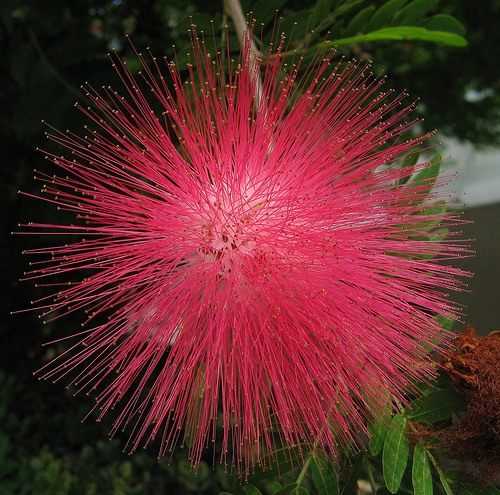
Альбиция ленкоранская, или дерево-пионер, известна своей способностью вырастить даже в сложных климатических условиях. Однако, чтобы дерево успешно развивалось и радовало глаз своими красивыми листьями и цветами, необходимо обеспечить правильный полив и поддерживать необходимую влажность почвы.
Полив: Альбиция ленкоранская требует умеренного полива. Важно не переувлажнять почву, чтобы избежать гниения корней и развития грибковых инфекций. Однако, дерево также не должно испытывать недостатка влаги, особенно в период активного роста. Полив следует проводить регулярно, но не заливать почву излишне.
Влажность почвы: Альбиция ленкоранская предпочитает влажную почву, но не переносит застоя воды. Чтобы сохранить оптимальную влажность, можно использовать мульчирование — нанесение слоя органического материала на поверхность почвы. Это поможет удерживать влагу и предотвратит перегревание корней в жаркие дни.
Следите за состоянием почвы: Регулярно проверяйте влажность почвы, особенно в первые месяцы после посадки. Если верхний слой почвы высыхает слишком быстро, возможно, потребуется увеличить полив. Если же почва слишком сырая и застаивается вода, стоит прекратить полив и подождать, пока почва высохнет.
Следуя этим рекомендациям, вы сможете обеспечить альбицию ленкоранскую достаточным количеством влаги и создать оптимальные условия для ее роста и развития.
Защита от вредителей и болезней

Так стоп!!! Вы всё ещё не подписаны на наши каналы в Телеграмм и Дзен? Посмотрите: ТГ - (@historyfantasydetectivechat) и Дзен (https://dzen.ru/myshortsstorys)
Альбиция ленкоранская – это растение, которое можно успешно вырастить в нашем климате. Однако, чтобы дерево-пионер радовало своей красотой и здоровьем, необходимо обеспечить его защиту от вредителей и болезней.
Профилактические меры
Для предотвращения поражения альбиции ленкоранской вредителями и болезнями, рекомендуется проводить регулярные осмотры растения. Важно обратить внимание на состояние листьев, ствола и корней.
Также рекомендуется поддерживать оптимальные условия для развития растения. Обеспечьте ему достаточное количество света, влаги и питательных веществ.
Борьба с вредителями
Если на альбиции ленкоранской появились вредители, необходимо принять меры по их уничтожению. Используйте специальные препараты или народные методы борьбы, такие как применение настоев и отваров на основе натуральных ингредиентов.
Также регулярно удаляйте поврежденные и больные части растения, чтобы предотвратить распространение вредителей.
Профилактика болезней
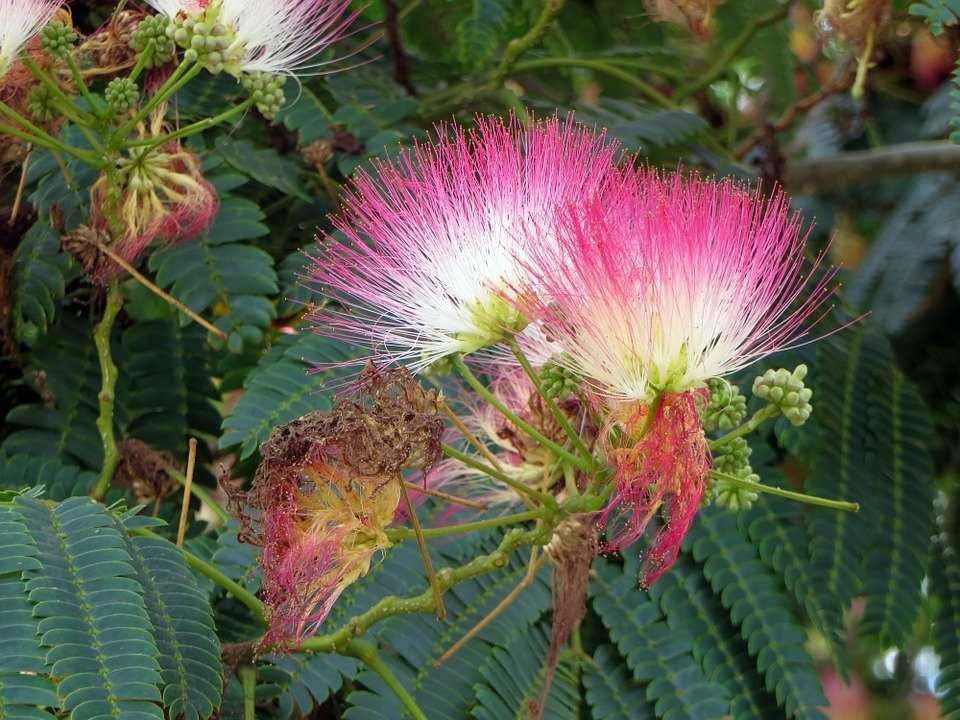
Для профилактики болезней у альбиции ленкоранской регулярно обрабатывайте растение специальными препаратами. Они помогут укрепить иммунитет растения и предотвратить развитие инфекций.
Также регулярно проводите обрезку и формирование кроны дерева, чтобы обеспечить достаточную циркуляцию воздуха и уменьшить риск заболеваний.
Подкормка и удобрение растения
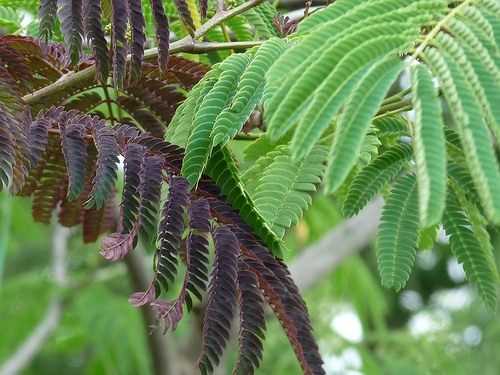
Для успешного выращивания альбиции ленкоранской в нашем климате необходимо обеспечить ей достаточное количество питательных веществ. Это особенно важно для молодых растений, которые только начинают свой рост и развитие. Они нуждаются в дополнительной подкормке, чтобы максимально эффективно использовать свои возможности.
Для подкормки альбиции можно использовать органические или минеральные удобрения. Органические удобрения, такие как компост или перегной, помогут обогатить почву необходимыми микроэлементами и улучшить ее структуру. Минеральные удобрения, в свою очередь, содержат определенное количество азота, фосфора и калия, которые необходимы для нормального роста и развития растения.
Один из важных моментов при подкормке альбиции ленкоранской — это правильное соотношение основных питательных элементов. Необходимо обеспечить растению достаточное количество азота, чтобы оно могло активно расти и формировать новые побеги. Фосфор помогает укрепить корневую систему и способствует образованию цветочных почек. Калий же повышает устойчивость растения к стрессовым условиям и болезням.
Подкормка альбиции ленкоранской проводится в течение всего вегетационного периода, начиная с весны и заканчивая осенью. Рекомендуется удобрять растение раз в 2-3 недели, используя растворы удобрений или гранулированные формы. Не забывайте также поливать растение после подкормки, чтобы удобрение равномерно распределилось по земле и попало к корням.
Важным условием для успешного выращивания альбиции ленкоранской является регулярный уход за растением и поддержание оптимального уровня питания. Правильная подкормка позволит ей активно расти и развиваться в нашем климате, превращаясь в великолепное дерево-пионер с яркими цветами.
Поддержка и обрезка альбиции
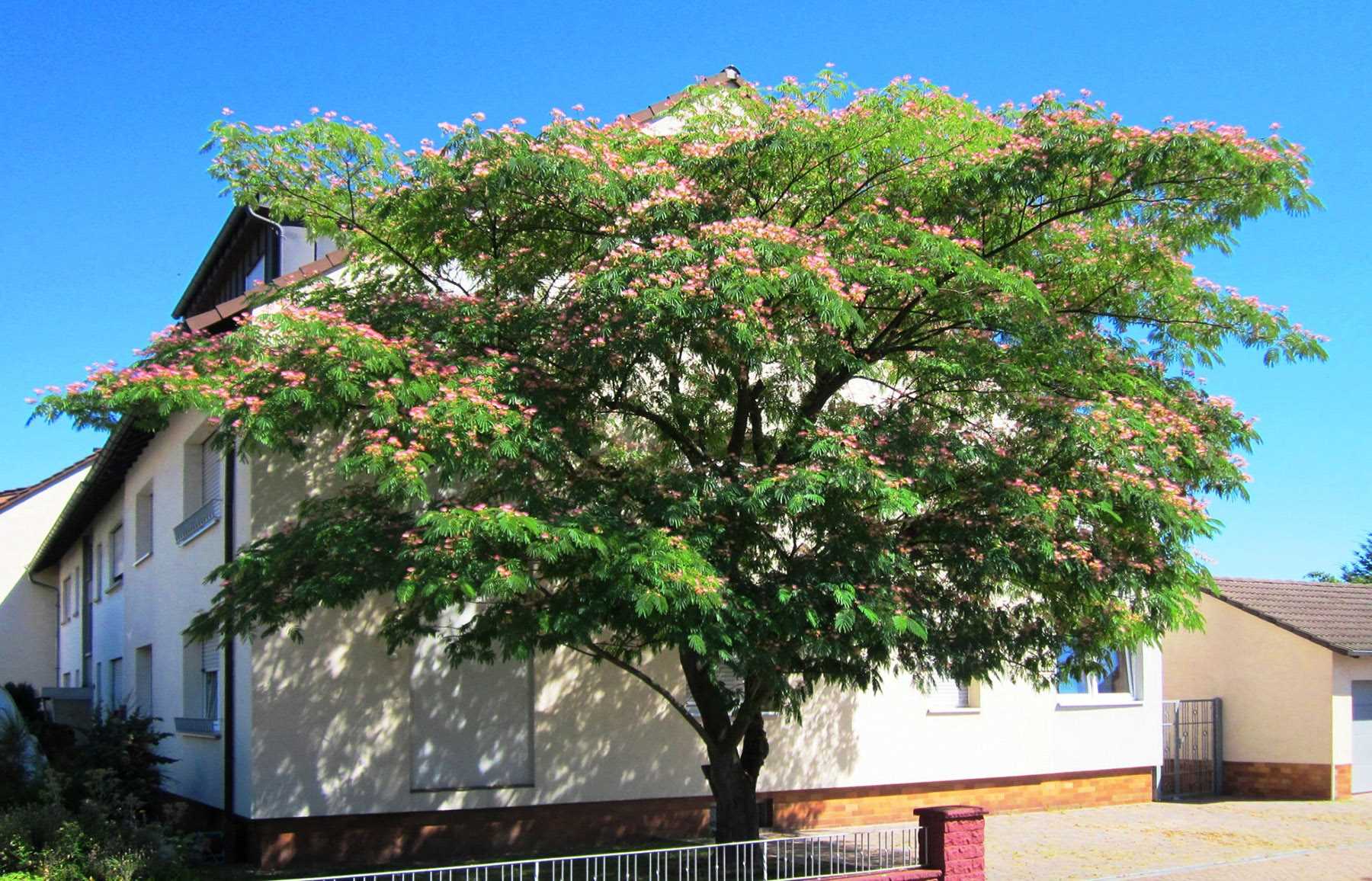
Альбиция ленкоранская — это дерево-пионер, которое может успешно вырастить в нашем климате. Однако, для достижения наилучших результатов в выращивании альбиции, необходимо правильно поддерживать и обрезать это дерево.
Поддержка альбиции начинается с правильной посадки и выбора подходящего места. Дерево нужно высаживать на солнечных участках, защищенных от сильных ветров. Также важно обеспечить альбиции хорошую дренажную систему, чтобы предотвратить затопление корней.
Обрезка альбиции необходима для формирования красивой и здоровой кроны. Она выполняется в начале весны, перед началом активного роста дерева. Во время обрезки необходимо удалить сухие и поврежденные ветки, а также провести формирование кроны, удаляя лишние ветви и укорачивая слишком длинные.
Важно помнить, что альбиция ленкоранская обладает быстрым ростом, поэтому регулярная обрезка поможет ей сохранять эстетический вид и здоровье.
Для успешной поддержки и обрезки альбиции можно использовать различные инструменты, такие как секаторы, пилы и ножницы. Важно иметь острые и чистые инструменты, чтобы избежать повреждений и заражения дерева.
Также можно применять подкормки и орошение для поддержания питательности почвы и увлажненности. Регулярный уход и поддержка помогут альбиции ленкоранской процветать и радовать глаз своей красотой.
Зимовка и защита альбиции ленкоранской от морозов
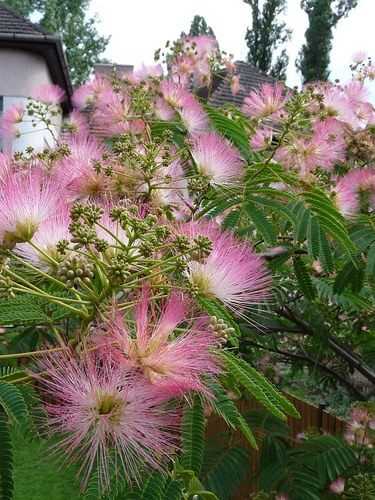
Альбиция ленкоранская – это удивительное растение, которое вырастить в нашем климате не так просто. Дерево-пионер, произрастающее в субтропиках, оно требует особых условий для успешного переживания зимы.
Зимовка альбиции ленкоранской – важный этап в выращивании этого растения. Чтобы обеспечить ему защиту от морозов, рекомендуется приготовить дерево к зимнему периоду заранее. Необходимо обрезать его ветки на 2/3 длины и удалить все поврежденные или больные части.
Для дополнительной защиты от морозов можно использовать специальные укрытия. Для этого подходят агроволокно или специальные навесы из нетканого материала. Эти материалы обеспечивают растению дополнительную теплоизоляцию и защищают от холодного ветра.
Важно помнить, что альбиция ленкоранская не переносит сильных морозов и требует особого внимания в зимний период. При сильных отрицательных температурах дерево может замерзнуть и погибнуть. Поэтому рекомендуется выбирать место для посадки, защищенное от холодных ветров и промерзания почвы.
Регулярный уход и возможность создания дополнительной защиты помогут вам успешно вырастить альбицию ленкоранскую в нашем климате. Следуя этим рекомендациям, вы сможете наслаждаться красотой этого экзотического растения даже в холодные зимние дни.
Полезные советы от опытных садоводов
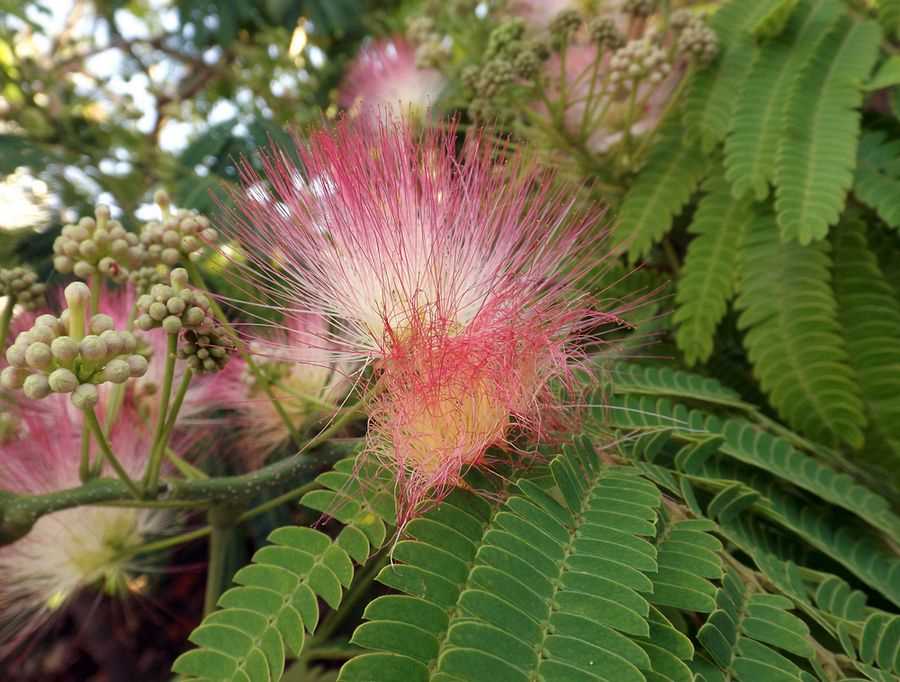
1. Выбор места для выращивания альбиции ленкоранской
Дерево-пионер альбиция ленкоранская, несмотря на свою тропическую природу, может быть успешно выращена в нашем климате. Однако выбор места для посадки имеет большое значение. Лучше всего выбирать солнечные участки с хорошей защитой от ветра. Не рекомендуется высаживать альбицию в низинных местах, где возможно задержание воды.
2. Подготовка почвы и посадка растения

Перед посадкой альбиции ленкоранской необходимо провести подготовку почвы. Рекомендуется использовать дренированные грунты с хорошими показателями влагоемкости и водопроводимости. Также стоит обратить внимание на кислотность почвы — оптимальный уровень pH составляет от 5,5 до 6,5.
При посадке растения следует уделить особое внимание корневой системе. Рекомендуется аккуратно расправить корни и уложить их равномерно в яму, затем засыпать их землей и хорошо утрамбовать. После посадки следует обильно полить растение.
3. Уход за альбицией ленкоранской

Альбиция ленкоранская требует внимательного и систематического ухода. Важно регулярно поливать растение, особенно в периоды сухости. Также рекомендуется удобрять альбицию органическими и минеральными удобрениями для поддержания питательной среды.
Не забывайте обрезать растение, чтобы формировать красивую крону и убирать поврежденные и больные ветви. Также рекомендуется проводить профилактическую обработку от вредителей и болезней.
Следуя этим полезным советам, вы сможете успешно вырастить альбицию ленкоранскую в нашем климате и наслаждаться ее красотой и ароматом.
Вопрос-ответ:
Каковы основные требования к условиям выращивания альбиции ленкоранской?
Альбиция ленкоранская требует светлого места и достаточного количества влаги. Она предпочитает умеренную температуру и не переносит заморозков.
Какая почва подходит для выращивания альбиции ленкоранской?
Этот вид растения предпочитает плодородную почву с хорошей воздухопроницаемостью. Рекомендуется добавлять органическое вещество и песок для обеспечения оптимальных условий для корней.
Как часто и как поливать альбицию ленкоранскую?
Альбиция ленкоранская требует регулярного полива. Во время активного роста и цветения растение нуждается в более обильном поливе, а в период покоя – поливать следует реже.
Сколько времени занимает выращивание альбиции ленкоранской?
Выращивание альбиции ленкоранской занимает примерно 2-3 года. В первый год растение активно растет, во второй год формирует крону, а в третий год начинает цвести.
Как распространять альбицию ленкоранскую?
Альбицию ленкоранскую можно размножать семенами или черенками. При размножении семенами, следует помнить, что они нуждаются в предварительной обработке (например, в перемачивании) и посеве в контейнеры. Размножение черенками может быть произведено весной или осенью.


